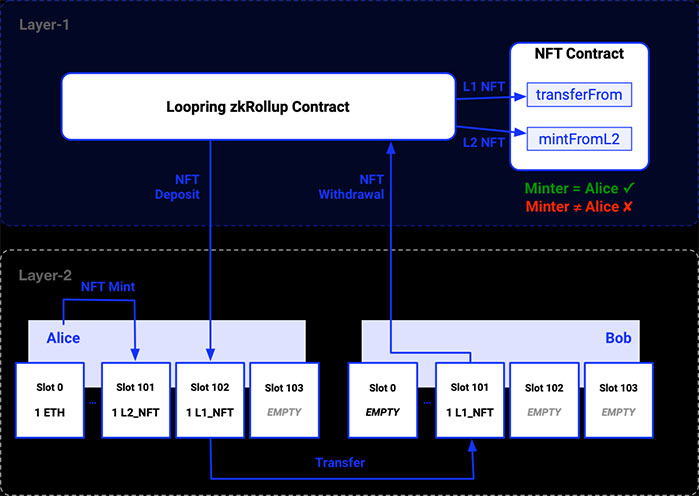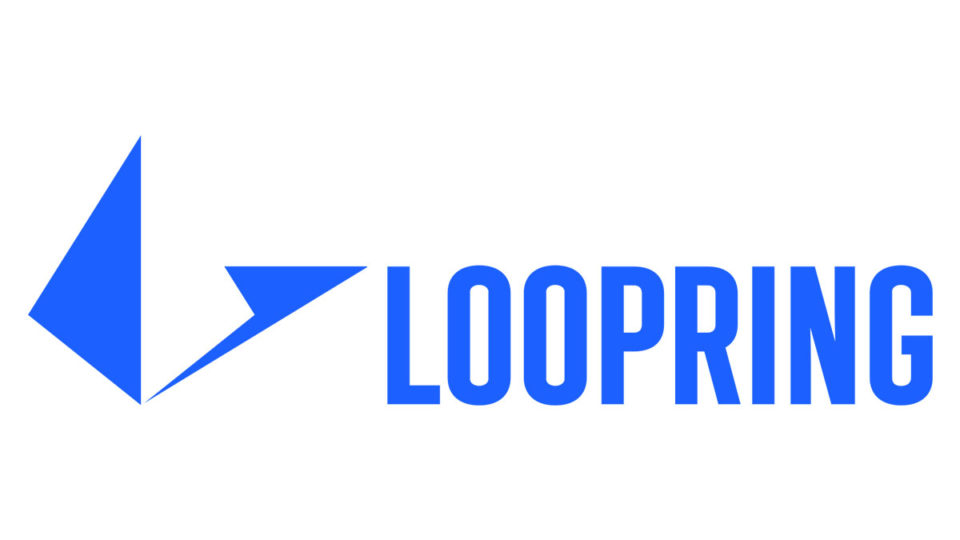Loopring is a zkRollop layer2 solution for Ethereum transactions with a considerable focus on trading and payments. It offers higher performance and speed in transactions while benefiting from the fundamental security and reliability concepts of the Ethereum blockchain.
In simple terms, this solution offers high-throughput, low-cost trading and payments on Ethereum. The gas fee users pay for trading on Loopring is very lower than the fee paid in the main Ethereum blockchain.
What is Loopring?
Loopring is a protocol for developing and building exchange or payment services on Ethereum with numerous benefits. It’s an open-source protocol that means can benefit from the community contributions as well.
Besides, the protocol is audited and non-custodial. In simple terms, the community support the protocol development and maintain it without any need to necessarily know and trust each other.
Because of running on Ethereum, this zkRollup has everything we have seen in that blockchain in terms of security. Besides, the fundamental design makes it possible to make assets always under users’ control.
As mentioned above, high throughput is among the top benefits of zkRollups like Loopring. In a nutshell, the requests are processed off-chain in this network that makes it possible to process thousands of requests in parallel. Building decentralized, scalable exchanges on Loopring can be very easy and efficient because of this design. As a result, the performance of Ethereum won’t be a bottleneck in processing exchange transactions here.
Because of processing the operations like trade and transfer off-chain, there is no need to pay the high gas fees of Ethereum in exchanges that run on Loopring. As a result, the cost of transactions will be a small fraction of what you pay in on-chain exchanges.

What is zkRollup
zkRollups or Zero-Knowledge rollups are solutions for the Ethereum blockchain to process the transactions off-chain. According to the official Ethereum website:
“Zero-knowledge rollups (ZK-rollups) bundle (or “rollup”) hundreds of transfers off-chain and generate a cryptographic proof, known as a SNARK (succinct non-interactive argument of knowledge). This is known as a validity proof and is posted on layer 1.”
Smart contracts on zkRollups are responsible for maintaining the state of transfers on layer 2. The states will be updated only with validity proof. As a result, zkRollups only don’t need all transaction data but only the validity proof. Ultimately, validating a block will happen very faster using these solutions because less data is involved in the validation process.
How Does Loopring Work?
Loopring is specifically designed to handle trading and payment transactions on the Ethereum blockchain. It has a protocol for managing these transactions and can support smart contracts and DeFi services.
Loopring Protocol
Many of the DEX protocols that run on the first layer of Ethereum has the problem of performance for handling transactions. Even Loopring had this problem in the first version and could settle only two or three transactions per second. It can now settle up to 2,025 trades per second. Don’t forget that this ability comes with the same level of security we see on Ethereum.
The protocol is designed to offer low settlement costs for exchanges running of Loopring. The cost per trade is about 450 to 800 on layer-1. It’s about 0.15% to 0.30% of the cost users pay in layer-1 decentralized exchanges. In simple terms, you pay almost nothing for trading on Loopring DEXs. This level of cost and performance puts this zkRollup solution almost comparable to centralized exchanges.
There is a concept inside the protocol named Merkle proofs that make it possible to withdraw assets in any circumstance. It uses the on-chain data to offer this level of convenience. All of the balances and order histories are organized in an off-chain Quad-Merkle tree. You can read more about the details of designing this protocol here.
Loopring Relayer
Loopring team has designed and open-sourced one of its components named Lightcone Relayer. It’s responsible for hosting, handling, and matching orders. Ultimately, all of these processed operations will be passed through to the Loopring protocol smart contracts. They will be settled there. It will integrate with a wallet that acts as the front-end of the application, and the combination makes a DEX. In a nutshell, it’s a backend matching system supporting Loopring Protocol.
Loopring Layer2 App
The Loopring team has been working on various solutions since the first version came out. There are many whitepapers for this solution on the official GitHub account describing the versions.
In the first versions, the protocol used the Ethereum blockchain and wasn’t a fully zkRollup solution. But the current version that is 3.8, has the main objectives of security and performance in design and is now live on the Layer2 app.
The app offers all of the essential needs for trading on a decentralized exchange like markets, trade, pools, and even farming. You need wallets like MetaMask or WalletConnect to use this app.
Loopring Wallet
There is a wallet for Loopring users that offers many benefits of the zkRollup solutions. It’s claimed to be the first Ethereum smart wallet powered by zkRollup. There is no need to save private keys for this wallet, and you can hold assets easily only by choosing a trusted third party as the guardian of the wallet.
Loopring Wallet is available for both Android and iOS users. An email address or phone number is required to create a wallet in the app. But you should pay for the wallet creation in an Ethereum transaction.
LRC Token Information

LRC is the native token of the Loopring protocol. The main use-case for this token is to incentivize those who contribute to the protocol. Liquidity providers, insurers, and DAO governors can earn LRC for their contributions.
The fee that is paid in the transactions will be distributed as LRC in an 80/10/10 proportion between liquidity providers, insurers, and Loopring DAO. The total supply for LRC tokens is 1,375,076,040.
Conclusion
Solutions that try to solve the performance and transaction cost challenges of Ethereum are always interesting. They focus on the fundamental benefits of the blockchain while offering more efficient tools. Loopring is one of them that works as a zkRollup solution.
These kinds of solutions process transactions and payments off-chain, therefore, operating faster and cheaper. Loopring is among the top zkRollup solutions and can expand very when more DeFi services launch on it.

